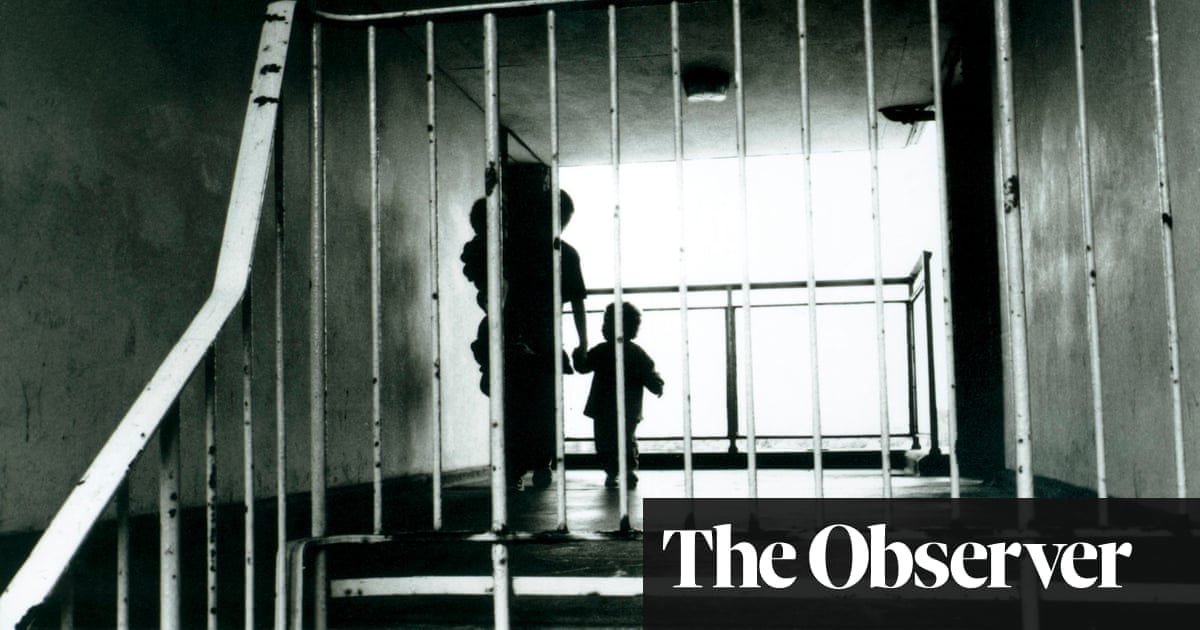
attling through a lexicon of lies at prime minister’s questions is so routine that few bother to call out Boris Johnson any more. Besides, on Wednesday all attention was on the vendetta playing out elsewhere in Westminster. But when the Labour MP Gareth Thomas challenged the prime minister on the steep rise in child poverty revealed in official figures this week – 4.3 million children and heading upwards on a steep curve – Johnson boasted shamelessly: “We are seeing fewer households now with children in poverty than 10 years ago.”
Thomas protested at “Boris Johnson’s casual disregard for the truth”. But lies seem to work very well for him, and they’re eagerly echoed as fact by those on the Tory benches.
Here’s what the Office for National Statistics finds: in 2010 there were 3.6 million children living below the poverty line – and now there are 4.3 million, with 200,000 more since last year. Nothing in the Treasury’s meagre spending plans at the budget suggests child poverty will stop rising. Raw numbers may bore people, so Johnson relies on voters hearing his upbeat promises without bothering with the small print. One loud assertion that there are fewer poor children travels faster than fact-checkers trying to sweep up behind him.
Since the government relies on confusion to obfuscate, the rest of us need to keep a grip on reality. The universally used measure of poverty, in Britain and internationally, is relative, counting anyone living below 60% of a country’s median income. Important to note it’s not below average income, because by definition, some are always below average. But the median is the mid-point, where half the population earns above and half below.
For obvious reasons, the government grasps on to a different measure called “absolute poverty”. Here’s the oddity of this number: it is anchored in 2010, so it measures how many children are still living on what was the 60% below-median level 11 years ago, when the median was of course far lower, as it rises with growth. Even using their absurd “absolute poverty” measure, when counting incomes before housing costs there are still 100,000 more poor children. Here’s an even more alarming fact in the new official figures, highlighted by the Child Poverty Action Group: many more children are falling into far deeper poverty, so 2.9 million children live on less than 50% of the median. That is 600,000 more kids plunged into those depths since 2010 – 1.7 million of them regularly hungry.
We live in a country where a third of children are poor – really poor – relative to the country’s ordinary living standards, but the government doesn’t think enough people truly care for it to matter politically. The dismal recent Ipsos Mori poll for King’s College London revealed that many people blamed poor people for their misfortune. Even mid-pandemic, as unemployment rose, nearly half the population thought those losing their jobs were to blame because of their own poor performance at work – only 31% said it was bad luck.
Despite all the evidence, people are determined to believe we live in a meritocracy, where success comes from hard work and ambition. Pity for those on low incomes is waning – and this a severe problem for Labour, whose members and activists are so strongly motived by concern for the underdog. Reams of reports pour out of thinktanks, universities and campaign groups describing lives spent in poverty on the bottom rungs of society – but to no obvious avail. This week’s figures show, yet again, that poverty is primarily caused by pitiful wages: 75% of poor children are now in working families; poor despite striving and toiling, full of “merit”, “hard work” and “ambition”.
It takes hero footballer Marcus Rashford spelling out what it’s like to be a hungry child to shake off that public complacency. The chancellor, Rishi Sunak, will undoubtedly make permanent the £20 added to universal credit in the pandemic, with a fanfare of fake generosity, but it doesn’t begin to restore George Osborne’s savage £37bn benefit cuts.
Johnson added this boast to his reply on poverty at prime minister’s questions: “We are levelling up across the country with the biggest investment for a generation.” That’s a vacant IOU, for which there is no day-to-day cash on the table. One growth industry in the north-east over the past five years has been in child poverty, up by a third in five years, and now the UK’s second highest. Fixing that takes national action on wages and benefits. Expect capital spending on a few eye-catching northern projects with salutes to some star industry openings. But remember, Treasury austerity is imposing yet another 8% cut on councils in the north, as everywhere, meaning fewer jobs and worse services with cuts to most government departments too.
What is so-called levelling up when London has the highest poverty per capita? The tyranny of averages makes London streets appear paved with gold, as City incomes disguise the country’s deepest deprivation, hiding in borough after borough. But as there are no Tory target seats in the capital (they may lose London suburbs), a Labour mayor can expect no favours from the Treasury.
Whatever “levelling up” does mean, there will be scant connection with actual need, poverty or inequality. The political question is when will inhabitants of those northern seats, in places like Blackpool – listed by the Living Wage Commission with seven of the most deprived neighbourhoods – discover the deceit that they are due more austerity, just lightly disguised with a few extra illuminations?
This article was amended on 28 May 2021 to remove a reference to Jeff Bezos’s net worth from a sentence that was, strictly speaking, about income.












